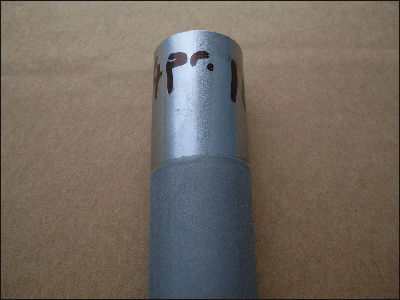Zinc phosphate coating provides great convenience for cold drawing operations of steel pipes. It forms a protective layer between the metal surface and the mold. It prevents mold
breakage and cracking and enables long-term use.
The metal tubes must be cleaned from rust, oil and other impurities in order to obtain a proper zinc phosphate coating. It is not possible to coat phosphate on a surface with rust
and oil. Therefore, degreasing and acid pickling are required for rust and scale removal before phosphating.

In tube phosphating lines, alkaline degreasing products are mainly used in the first stage. Acid pickling follows after multiple water rinse. The use of sulfuric acid is common.
There is also partial use of hydrochloric acid.
Zinc phosphate coating weight can be in the range of 3-15 g/m² according to the difficulty of the tube drawing operation. Activation before zinc phosphating should be used to
achieve a fine and homogeneous coating. The activation affects the zinc phosphate structure, allowing the coating to be dense, tight and fine crystalline. After zinc phosphate
treatment, the tubes are taken into the neutralization bath to remove surface acidity. After reactive soap treatment or protective oiling the tubes are ready for cold drawing.
Temperatures of 60-75 ºC are sufficient in zinc phosphate baths. Bath concentration can range from 10 to 18%. The processing time of 5 - 8 minutes is ideal. Bath make-up and
additions can be made with different products. Accelerator and free acid regulator can be used to reduce iron content. As zinc phosphate coating is made, phosphate sludge is
formed in the treatment bath over time. The formed sludge should be cleaned at certain intervals or it should be collected by passing the bath solution through the filter.
Temperature, total acid, free acid, accelerator point controls should be done regularly.
